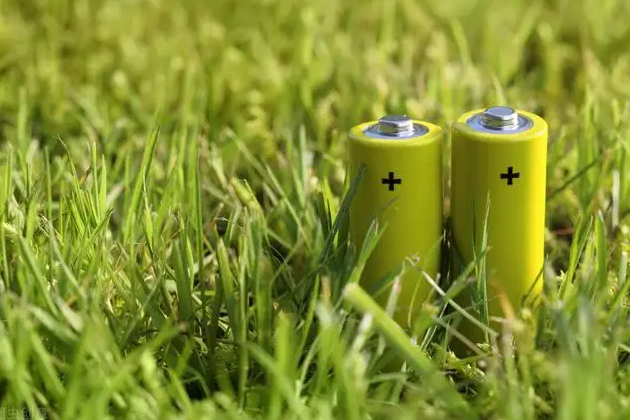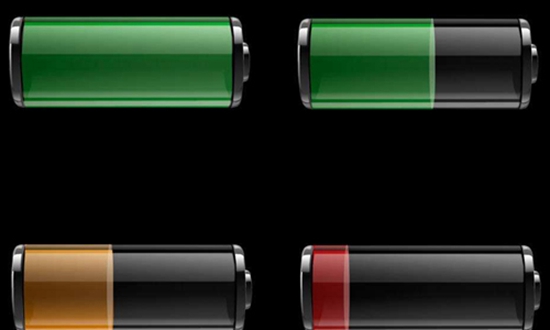Research on Safety of Lithium-ion Battery
Since its commercial application in 1991, lithium-ion batteries have changed their production and life with their unique characteristics (high voltage, high specific energy, long cycle life and environmental friendliness).Recently, various auto companies and even countries have set a timetable for banned fuel vehicles, which will open a new chapter in the application of lithium-ion batteries.However, due to the inherent safety of lithium-ion batteries, it has encountered bottlenecks in large-scale applications in energy storage.

In recent years, Samsung note7, iphone battery explosion and Tesla brand electric vehicles, Boeing 787 lithium-ion battery fire incidents have occurred, solving the problem of lithium-ion battery safety is imminent.
Lithium-ion batteries provide electrical energy by intercalating and deintercalating lithium ions between positive and negative electrodes.It is mainly composed of four parts: positive electrode, negative electrode, separator, electrolyte.
The positive electrode material is mainly lithium-containing transition metal oxides, including layered structures LiCoO2, LiMnO2, LiNiO2, LiNixCoyMn1 - x - yO2 and spinel LiMn2O4 and olivine structure LiFePO4.
Under the condition of abuse, a large amount of heat accumulates inside the battery, causing the decomposition of the positive electrode material, and the generation of combustible materials induces a series of uncontrollable exothermic chemical reactions. The type of combustible material is determined by the composition of the material.LiFePO4 has good high temperature resistance and cycle performance. The ternary material has excellent low temperature resistance and higher specific energy and specific power.

The anode material is mainly classified into a carbon-based anode material and a non-carbon-based anode material.Carbon-based anode materials mainly include natural graphite, silicon-based, tin-based materials, and carbon nanomaterials.The non-carbon based anode material is mainly lithium titanate Li4 Ti5O12, nitride, nano oxide and so on.Carbon nanomaterials have broad application prospects in carbon-based materials because they can improve battery capacity, cycle performance and structural integrity.
The lithium titanate material has excellent cycle performance and stable crystal structure, and does not form a solid electrolyte interface film (SEI) at the initial stage of charge and discharge.The solid electrolyte interface film is generally the first to liberate heat during the thermal runaway process of the battery. Therefore, it avoids the generation of lithium dendrites during the overdischarge process and reduces the heat production, and the safety is higher.
The separator material is made of polyolefin polymer, which can be understood as a protective film. When the temperature is higher than the melting point of the material, the membrane will be closed to prevent the lithium ion from directional movement and prevent thermal runaway.Due to the limited heat resistance, when the temperature is further increased, the diaphragm will rupture and lose its protective effect, so that the positive and negative contacts will cause thermal runaway.The electrolyte is an organic liquid electrolyte composed of an alkyl carbonate organic solvent and an electrolyte lithium salt.The composition of the electrolyte is very complex and complex. Under the influence of different temperature gradients, complex exothermic chemical reactions will occur.
In order to improve the safety of the battery, it is of great significance to improve the electrolyte composition, such as adding a new flame retardant.At present, the safety of lithium-ion batteries has attracted widespread attention from scholars at home and abroad.
High quality graphite manufacturer
If you need graphite powder, please feel free to contact: sales@graphite-corp.com







